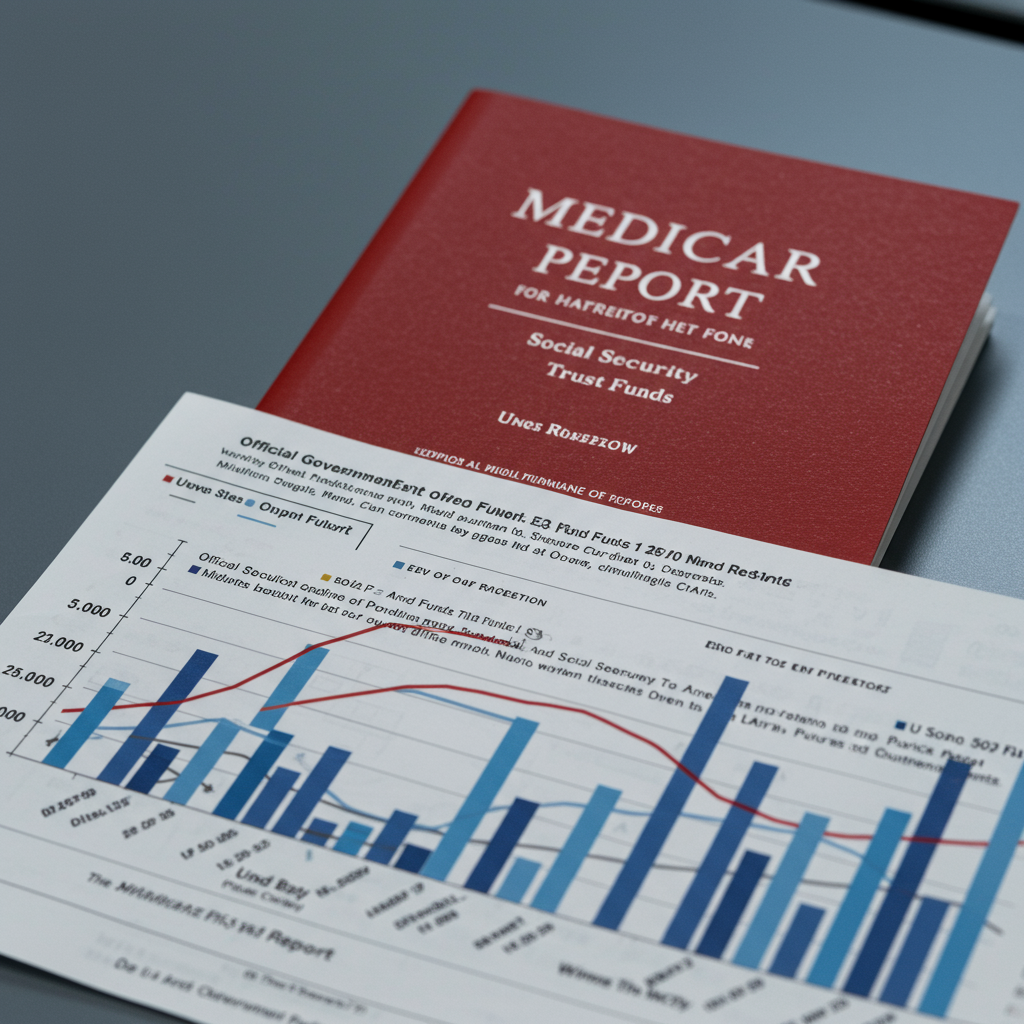The U.S. automotive market experienced unexpectedly robust sales during the spring months, particularly from April through June. This performance defied early concerns related to policy shifts under the new administration. However, industry experts now caution that this period of strength may have borrowed demand from the latter half of the year, setting the stage for potential challenges and a slowdown in the coming months.
Analysts point to several factors contributing to this shifting forecast. A key element appears to be a wave of anticipatory buying earlier in the year. Consumers, potentially motivated by looming price increases and changing incentive landscapes, accelerated vehicle purchases that might otherwise have occurred later. This dynamic suggests a less active market in the fall and winter.
Understanding the Spring Surge and Shifting Demand
The strong sales pace seen between April and June reflected a market with healthy initial demand. Despite external policy uncertainties, dealerships reported solid activity. However, according to Charlie Chesbrough, a senior economist and director of industry insights at Cox Automotive Inc., the momentum from this spring surge is now largely behind us.
This period saw consumers acting ahead of anticipated market changes. The pull-forward of demand means fewer potential buyers remain in the market for the third and fourth quarters. As Chesbrough notes, the true impact of significant market-altering factors has not yet fully manifested.
Looming Tariffs and Consumer Caution
One of the most significant headwinds anticipated for the second half of 2025 is the full effect of import tariffs. While discussions and potential changes related to tariffs have been ongoing, their impact on vehicle prices at the dealership level is expected to become much more apparent in the coming months.
Higher prices directly influence consumer purchasing power and willingness to buy. Ivan Drury, director of insights at Edmunds.com Inc., observes that consumer hesitation is starting to emerge as the connection between tariffs and final vehicle costs becomes clearer. This creates a “wait and see” mentality among many potential buyers.
The expectation is that tightened inventory levels will grow alongside higher prices in the fall. If consumer demand remains strong despite these pressures, dealers might benefit from constrained supply. However, a drop in demand combined with higher costs could make the market significantly more difficult, impacting overall sales volume and profitability.
Jeff Laethem, a general manager at Ray Laethem Buick GMC in Detroit, confirms customers mentioning tariffs as a factor in their buying timing. While not causing panic, it contributed to a busy period. The more significant impact felt by dealers, according to Laethem, has been on inventory levels. Supply chains remain challenging, reminiscent of pandemic-era difficulties, though the financial readiness of consumers has shifted. There’s less “radical amount of cash” available compared to previous periods; it’s more a case of “scared money chasing fewer goods.”
The Future of EV Incentives
Another critical market-altering factor is the uncertain future of electric vehicle (EV) tax credits. The potential elimination of these incentives has been discussed for some time. A significant development is the potential expiration of the $7,500 federal tax credit for qualifying new EVs.
Under a tax and spending bill that passed the U.S. Senate, this credit is currently slated to expire at the end of September. This proposed deadline is relatively sudden and could still change as lawmakers work towards a final agreement.
Stephanie Valdez Streaty, Cox Automotive industry insights director, notes that the outlook for the EV market is currently unclear. A fast-approaching September deadline could trigger another short-term purchase “rush” among buyers hoping to take advantage of the credit before it ends. However, the long-term implications for the nascent EV market appear less favorable.
Valdez-Streaty suggests that the potential expiration of the credit could significantly dampen consumer enthusiasm. It may also slow the pace of EV adoption, particularly impacting buyers who are sensitive to vehicle price.
Automaker Performance Insights
The second quarter saw mixed results among major automakers, even within the context of overall strong early-year sales. Overall growth tapered for many compared to the first quarter.
General Motors Co. stood out in the EV segment, reporting a 111% year-over-year jump in the second quarter. The Chevrolet Equinox EV, known for its relative affordability, was a key driver of this growth. However, GM’s overall sales growth rate slowed from nearly 17% in the first quarter to 7% in the second quarter.
Ford Motor Co. faced challenges with its all-electric models, seeing a 31% sales decline in Q2. Despite this, Ford’s hybrid vehicle sales grew by 24%, contributing to a record “electrified” sales performance for the first half of the year. Ford’s overall sales rose 14% in Q2, but the monthly growth rate cooled, with June showing a 9.6% increase compared to over 16% in April and May.
Stellantis NV, which includes brands like Jeep and Ram, is newer to the EV market, and its all-electric offerings have yet to gain significant sales momentum. The company did report an overall sales decline of 10% in Q2, its eighth consecutive quarter of decreases. However, flagship brands like Jeep and Ram posted small sales gains, bolstered by popular models like the Wrangler SUV and Ram 1500 pickup. Stellantis also continued offering employee pricing discounts, which dealers credited with aiding recent recovery efforts.
Other major players also saw sales growth taper. Toyota Motor Corp. sales were up over 7% for Q2, but June sales were flat year-over-year. Kia Corp. and Hyundai Motor Co. both achieved record first-half sales but experienced slower growth or slight declines in June compared to the previous year. Mazda Motor Corp. sales were up for the year but down in June, while Nissan Motor Co. Ltd. sales were flat year-to-date but dropped over 6% in the second quarter.
This widespread tapering of growth in June suggests that the factors expected to cause headwinds – tariffs, consumer caution, possibly fewer remaining buyers after the spring surge – were already beginning to influence the market towards the end of the quarter.
Navigating Uncertainty Ahead
The combination of potential tariff impacts, the looming question of EV tax credit expiration, and broader economic uncertainty creates a complex outlook for the U.S. auto market in the second half of 2025. Consumer sentiment, unemployment rates, and the overall cost of living will play significant roles in shaping demand.
Dealer strategies, such as the employee pricing offered by some manufacturers like Ford and Stellantis, proved effective during the period of uncertainty. By offering a set price, these programs helped alleviate consumer concerns about rising costs potentially driven by tariffs. This simple, clear message resonated with buyers facing a barrage of complex market information.
Ultimately, the market faces a tension between potential supply constraints and the risk of softening demand. While lower inventory could theoretically empower dealers if buyers remain eager, a significant drop in consumer willingness or ability to pay could make the market challenging despite limited stock. The auto industry is navigating a period of transition, and as experts note regarding electrification, the path forward is rarely a straight line.
Frequently Asked Questions
What is the forecast for US car sales in the second half of 2025?
Experts predict a slower sales pace and potential “chilly headwinds” for the U.S. auto market in the second half of 2025, particularly in the fall. This comes after a strong spring performance which may have pulled forward some demand. Factors like the full impact of tariffs, potential changes to EV tax credits, and broader economic uncertainty are expected to weigh on the market.
What specific factors are causing uncertainty in the US auto market forecast?
Several key factors contribute to the uncertain outlook. The expected impact of import tariffs will likely lead to higher vehicle prices and tighter inventory levels. The potential expiration of the $7,500 federal EV tax credit, currently set for September 30 in a proposed Senate bill, could deter long-term EV adoption. Additionally, broader economic concerns like unemployment, cost of living, and consumer sentiment add to the market’s volatility.
How might potential EV tax credit changes affect car buyers?
If the proposed expiration of the $7,500 federal EV tax credit goes into effect by the end of September, it could trigger a short-term rush by buyers wanting to purchase eligible electric vehicles before the deadline. However, in the long term, the loss of this significant incentive is expected to dampen consumer enthusiasm for EVs and potentially slow the overall pace of adoption, especially impacting buyers who are sensitive to the final purchase price.



